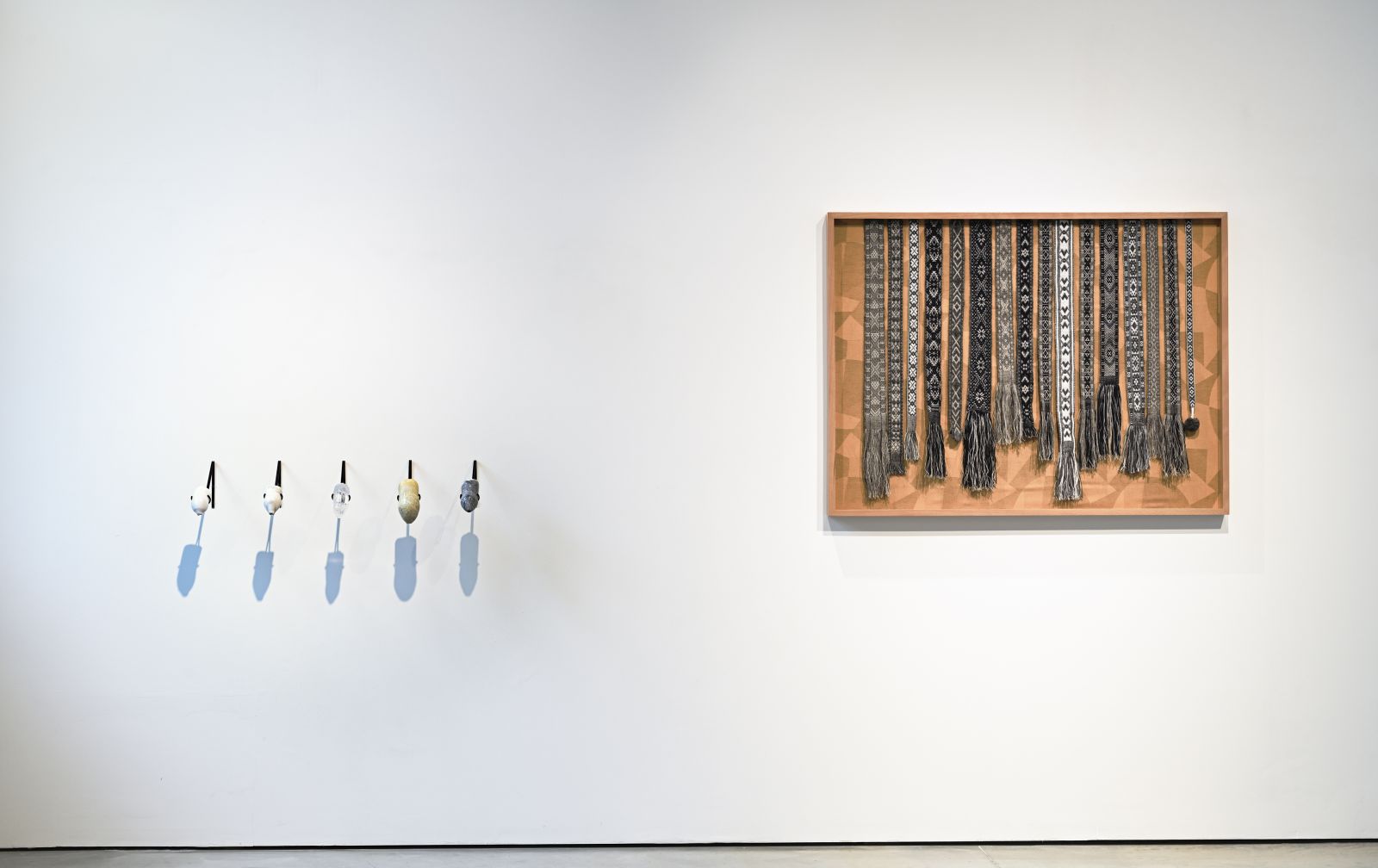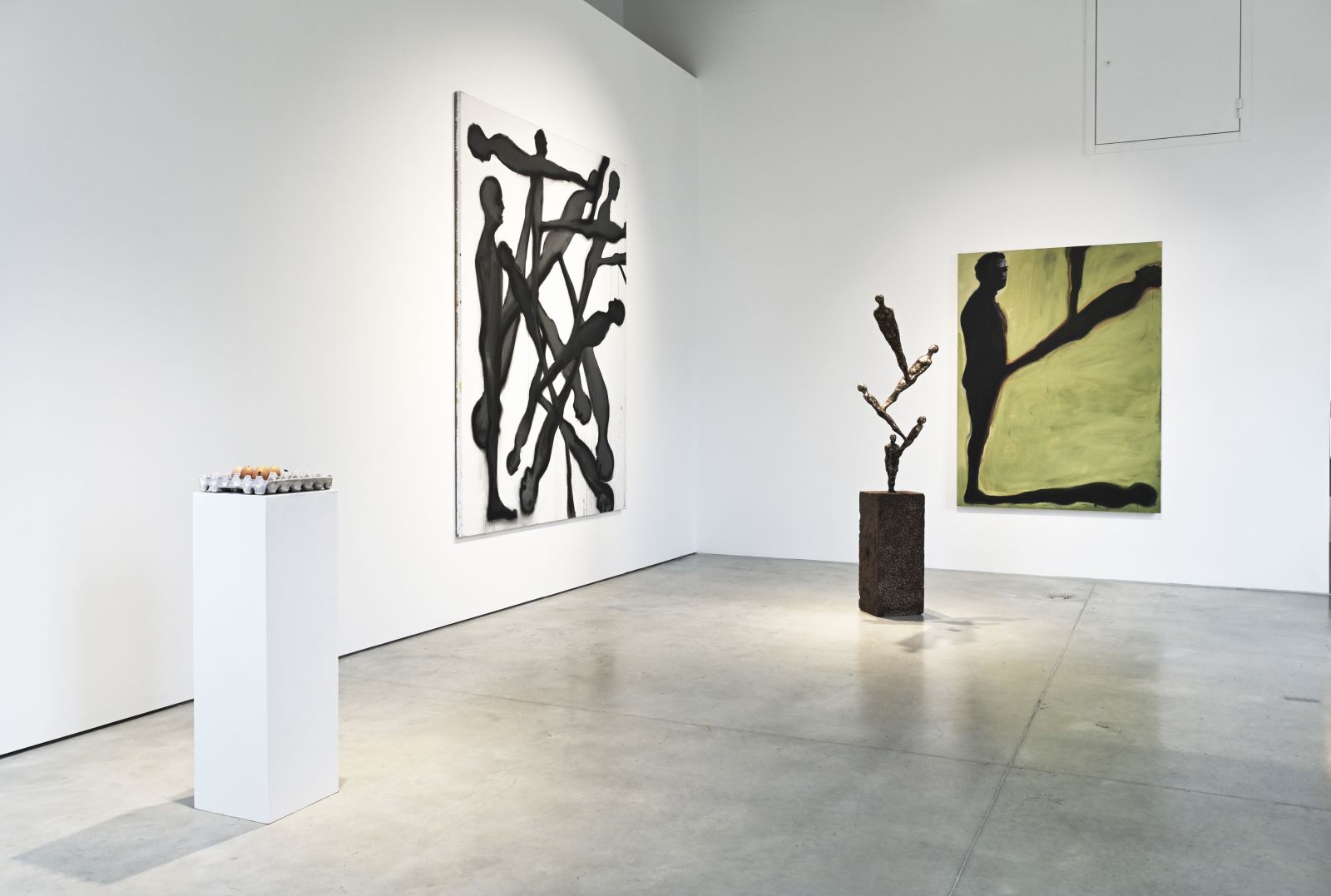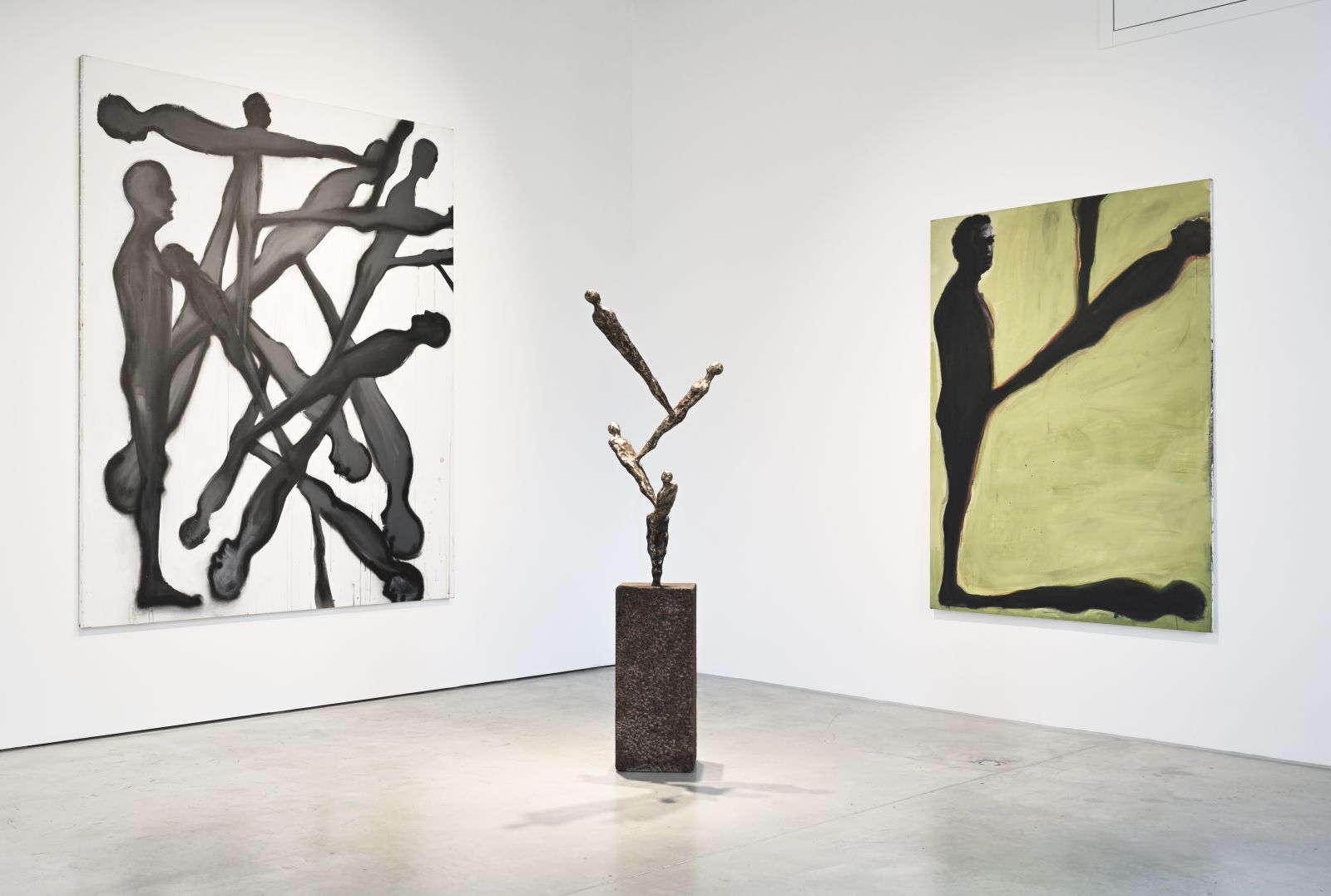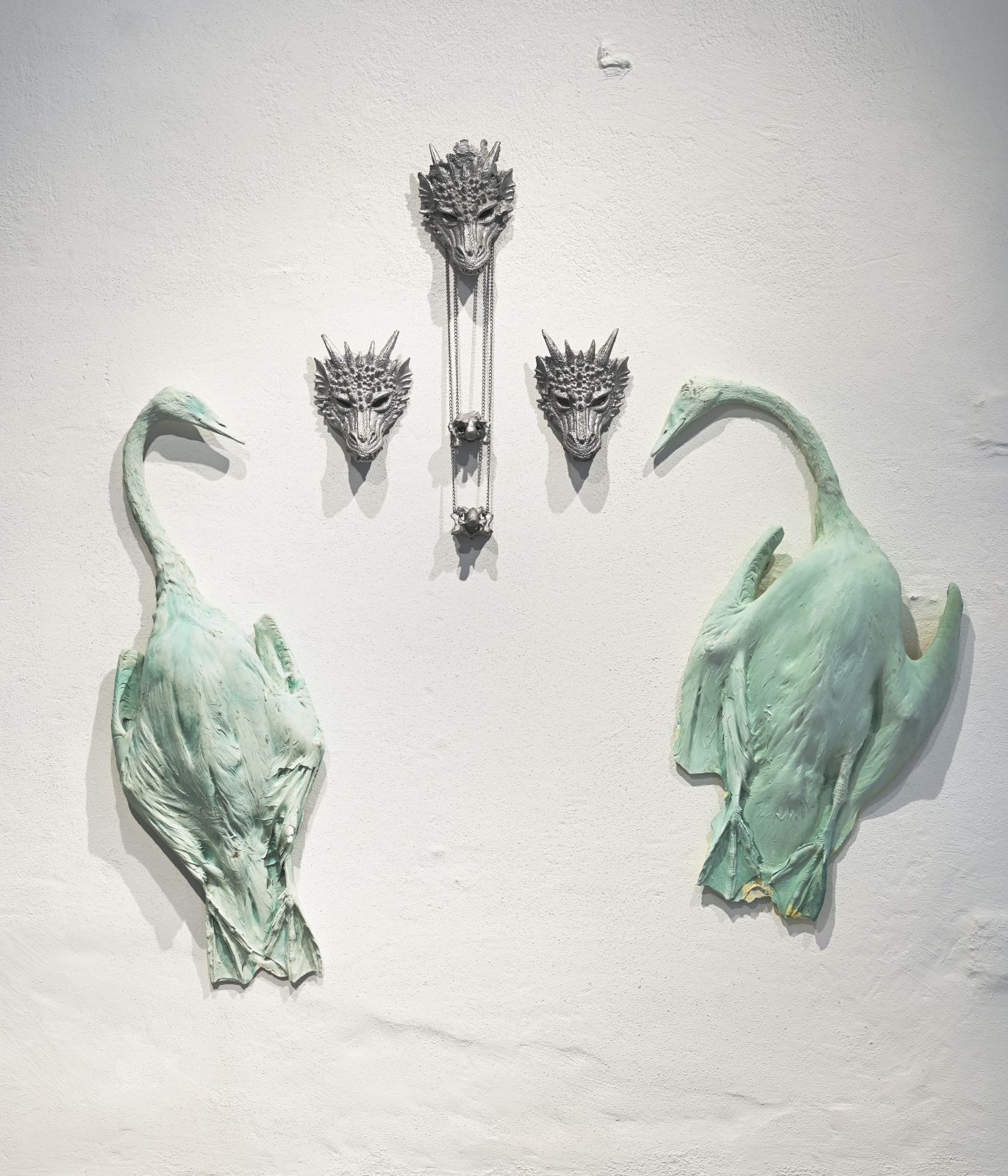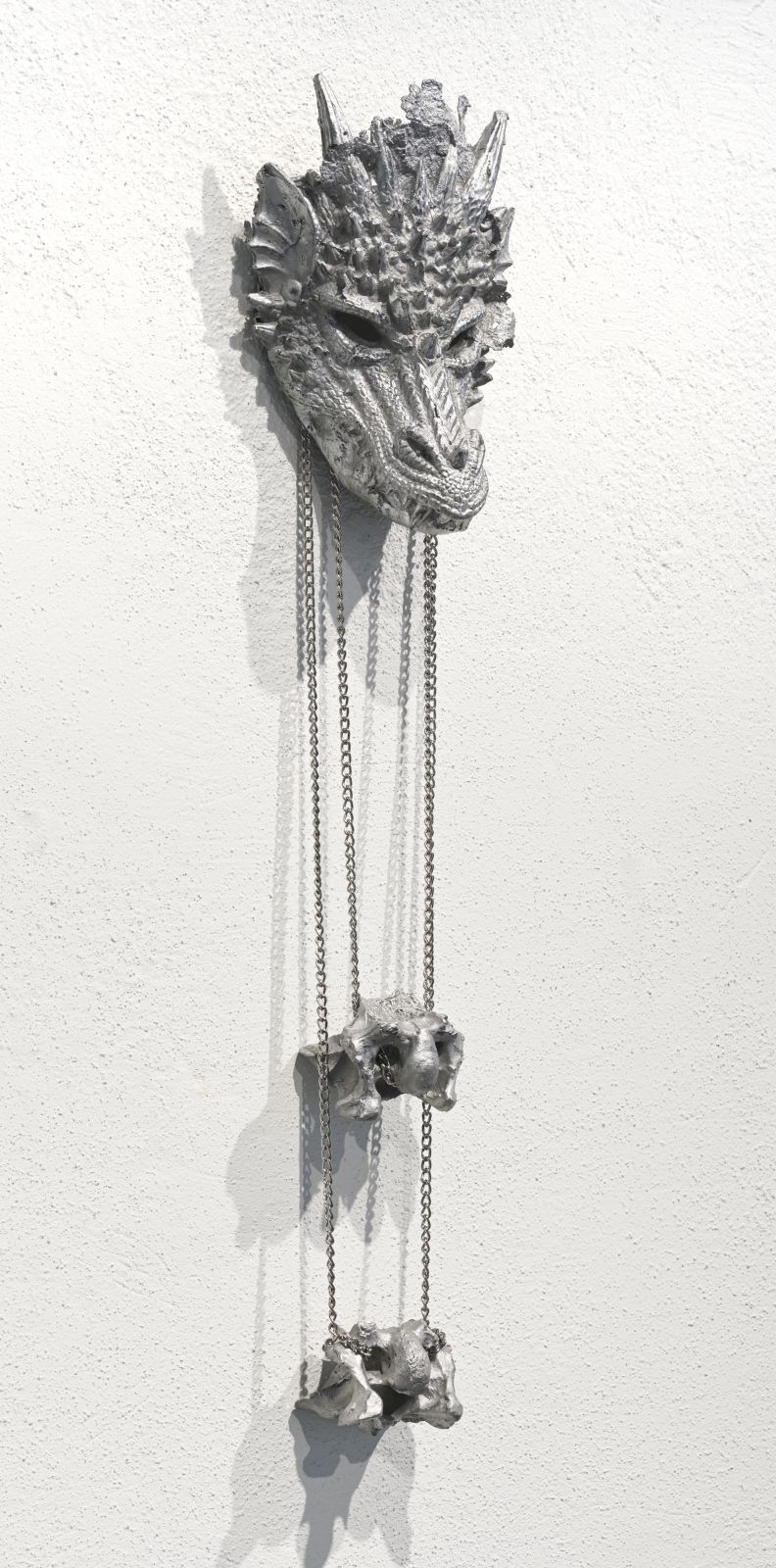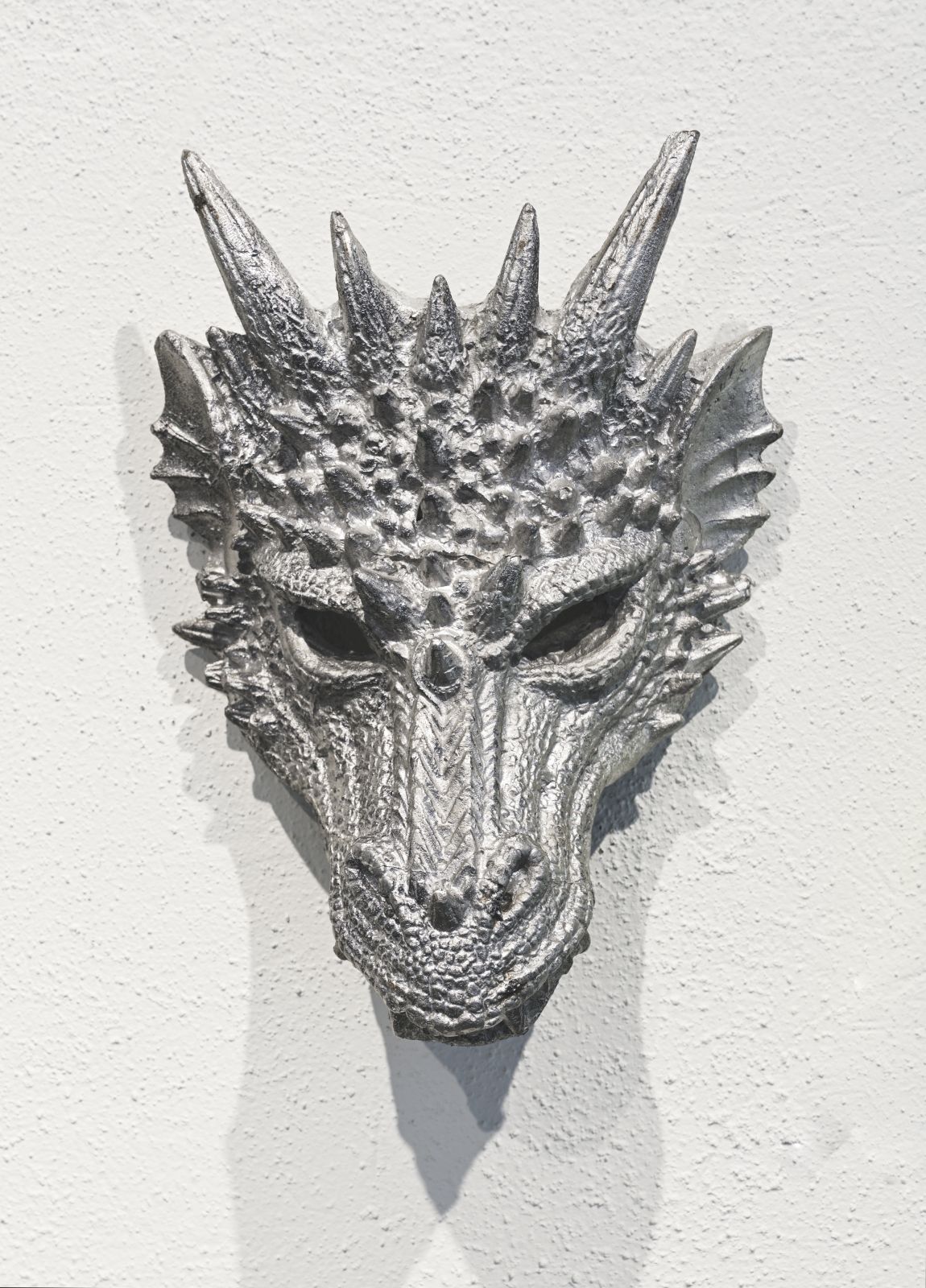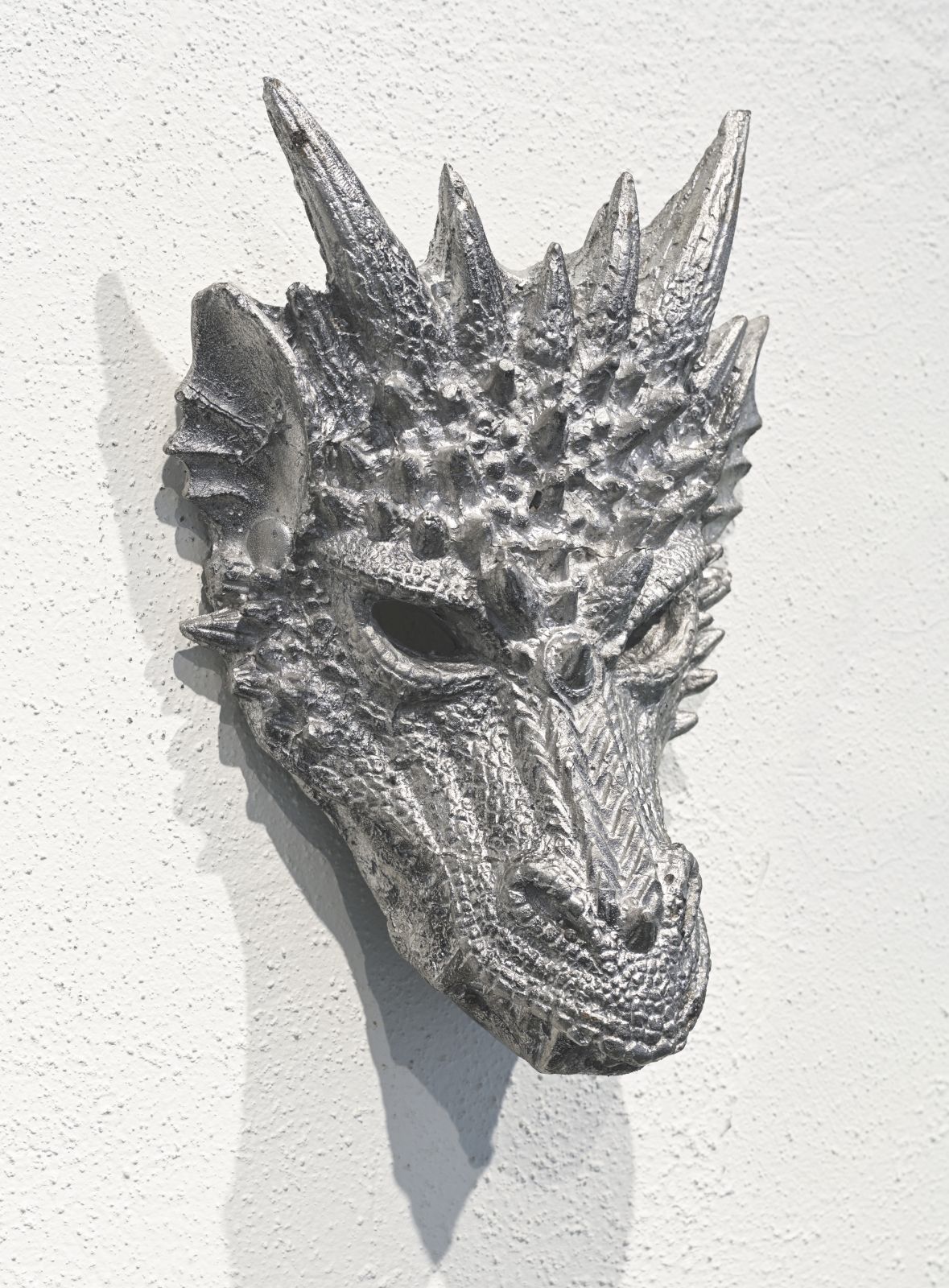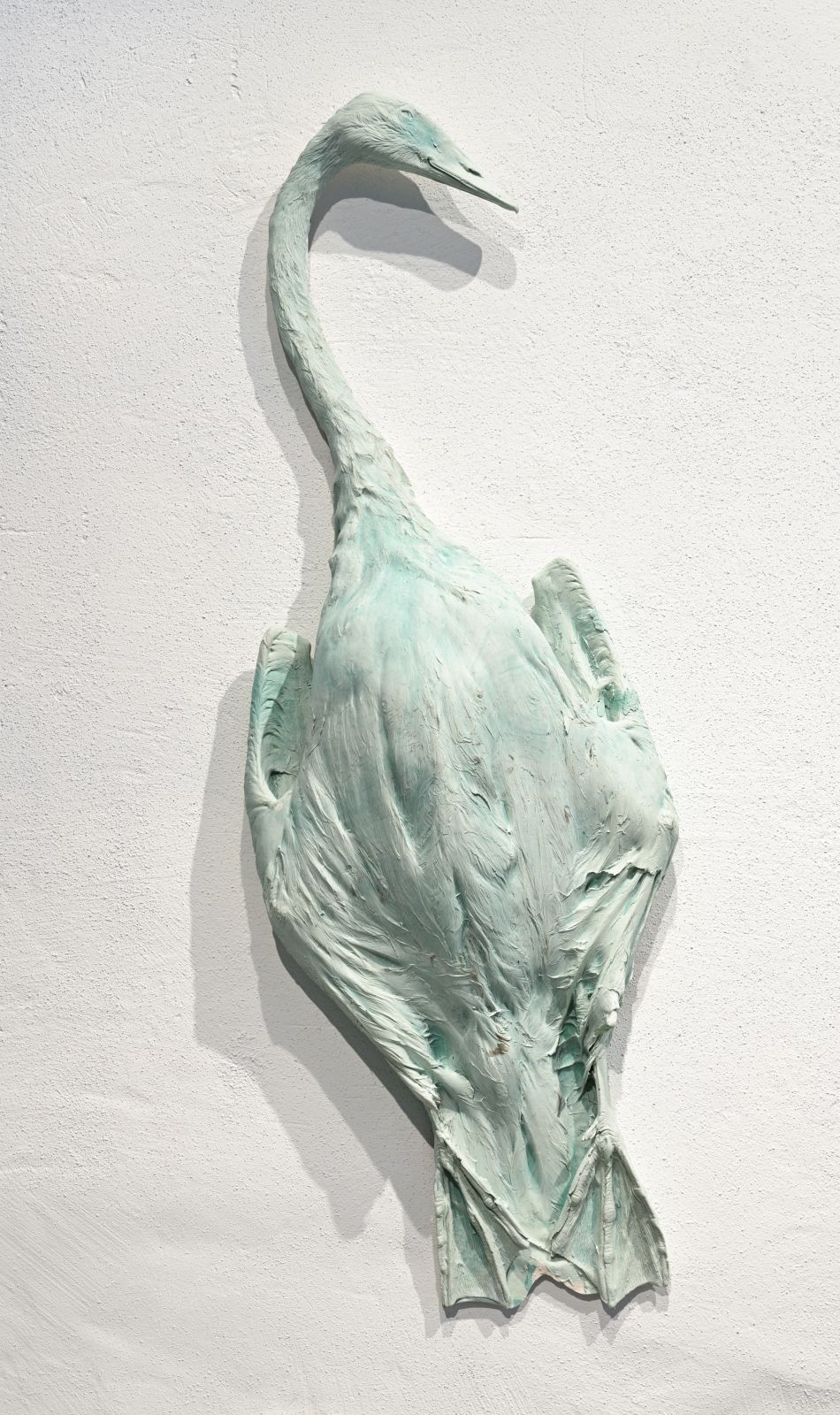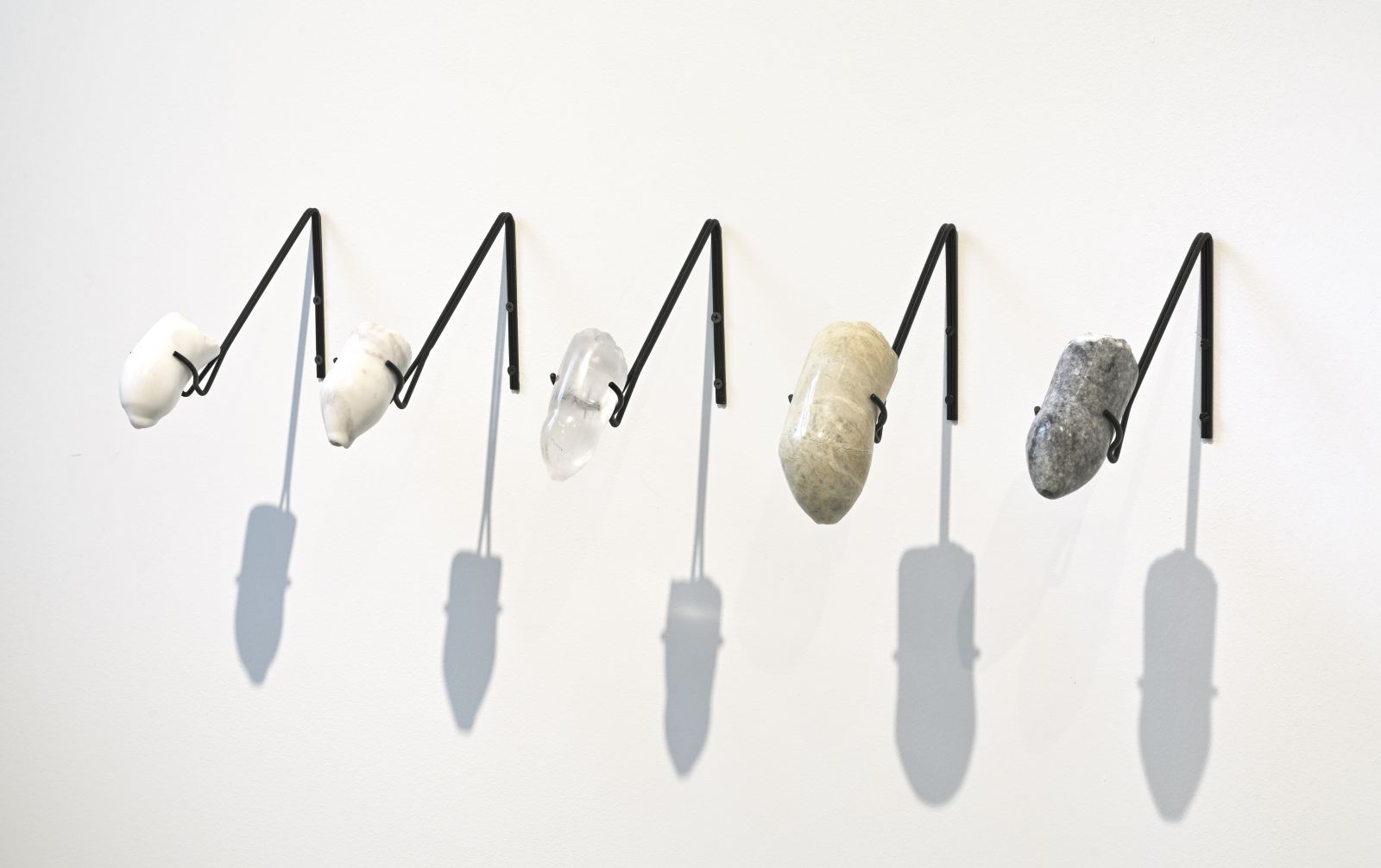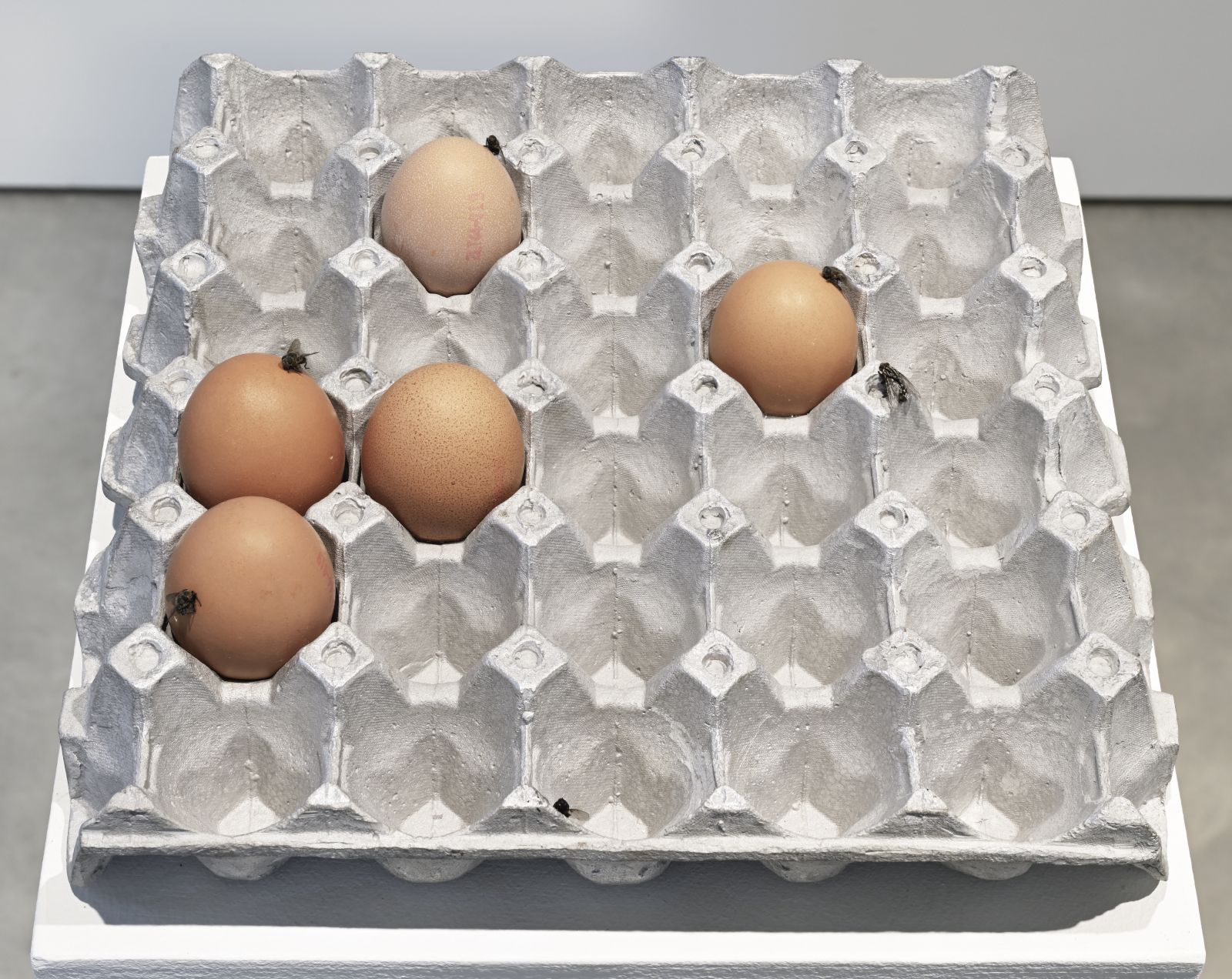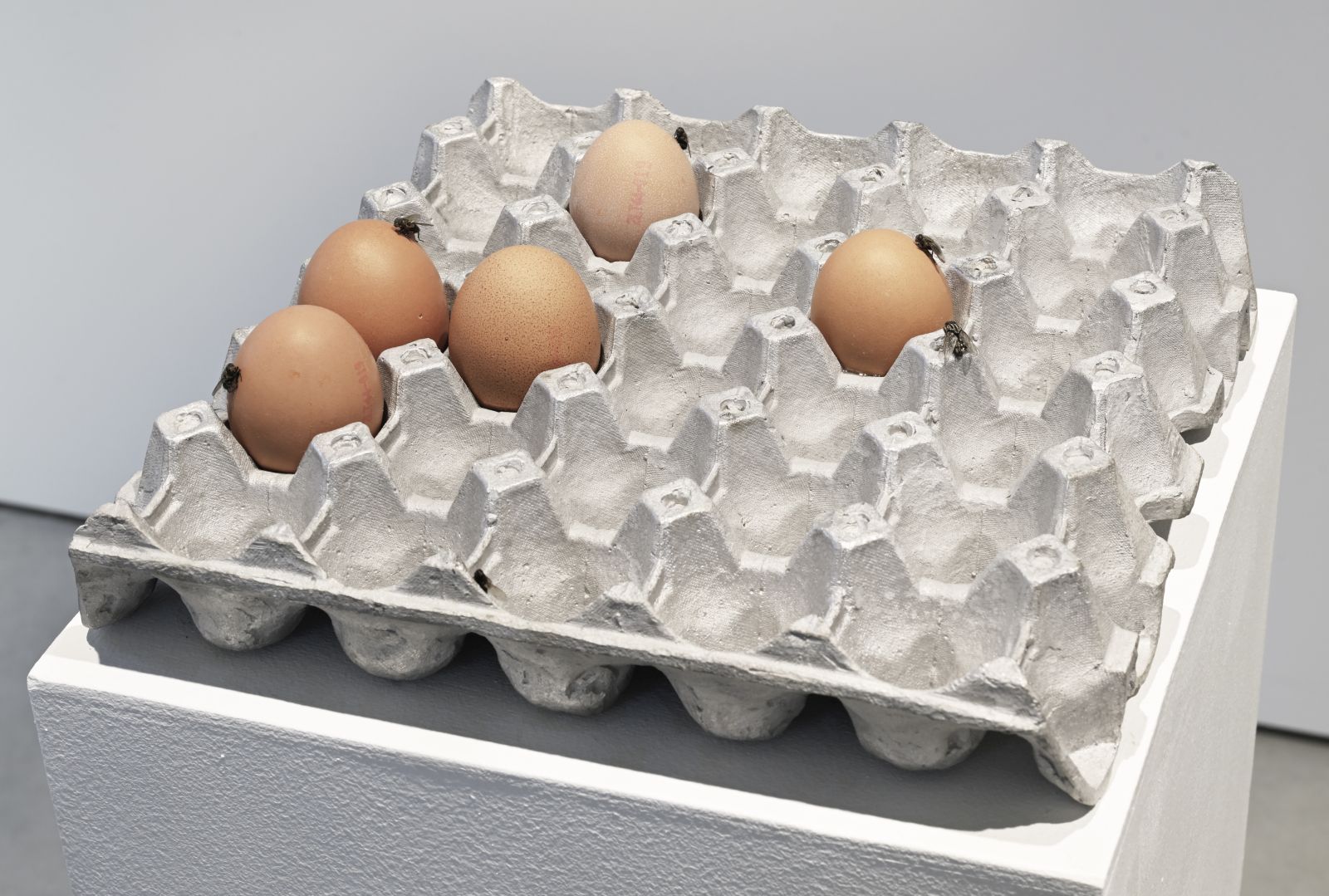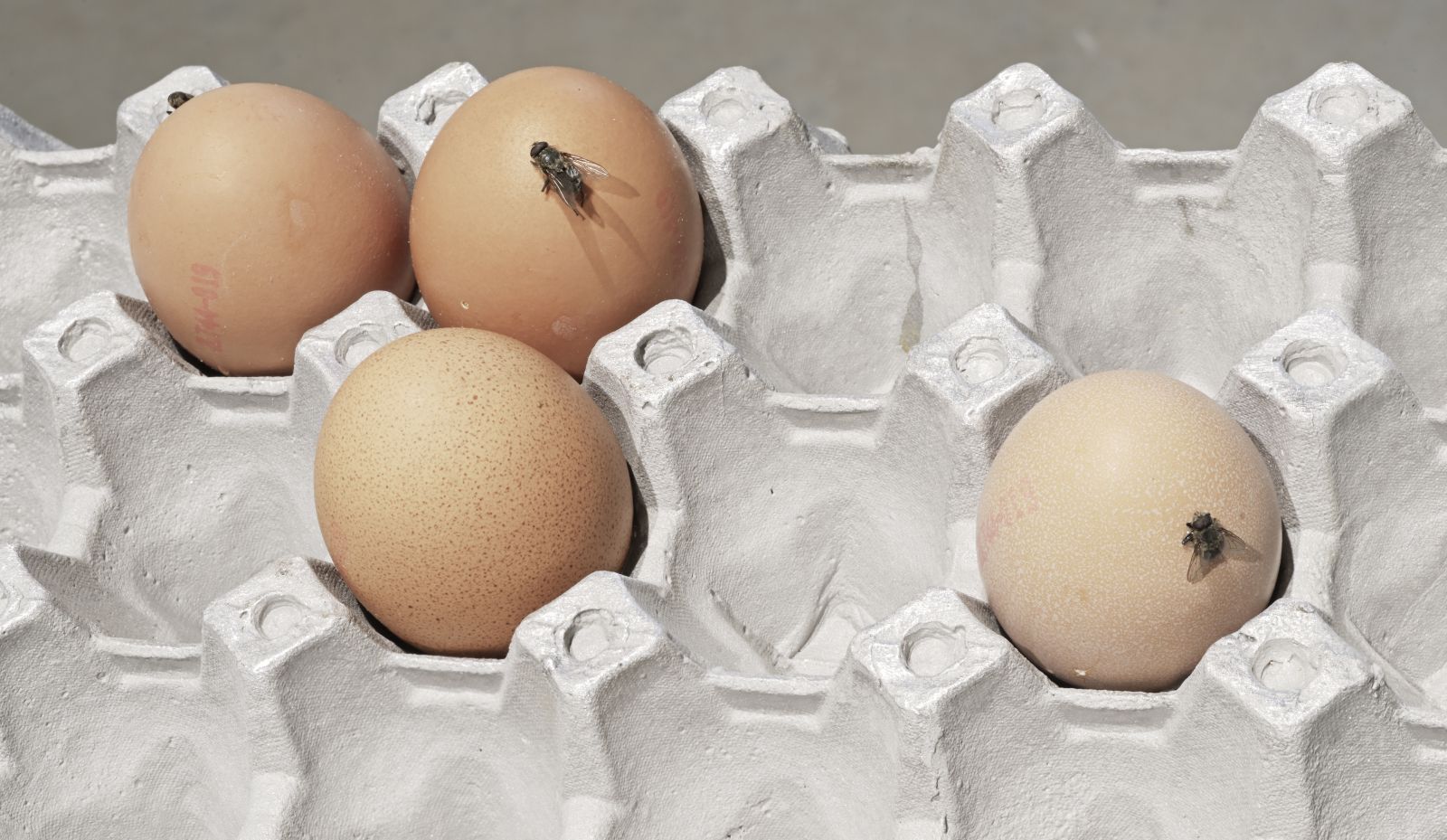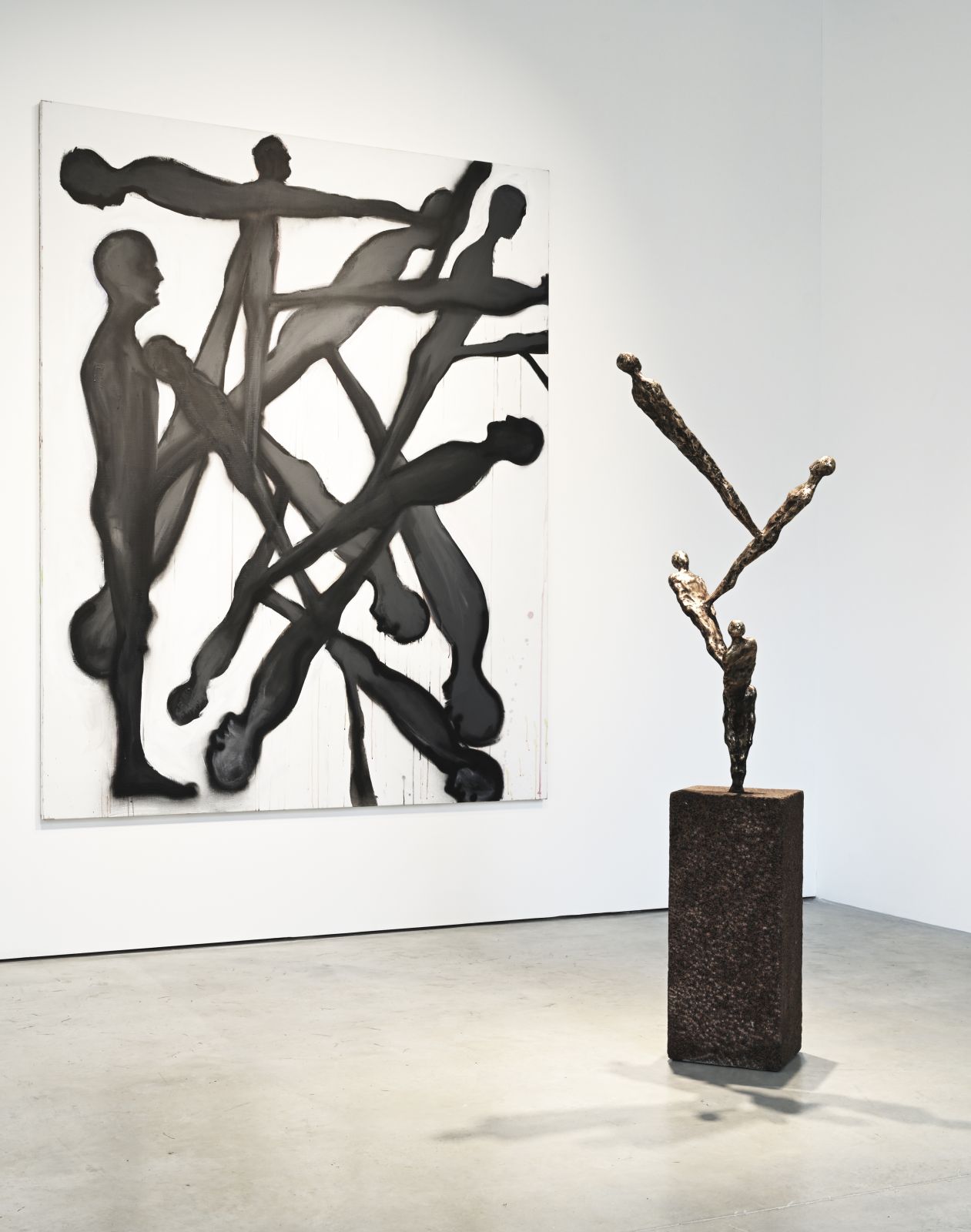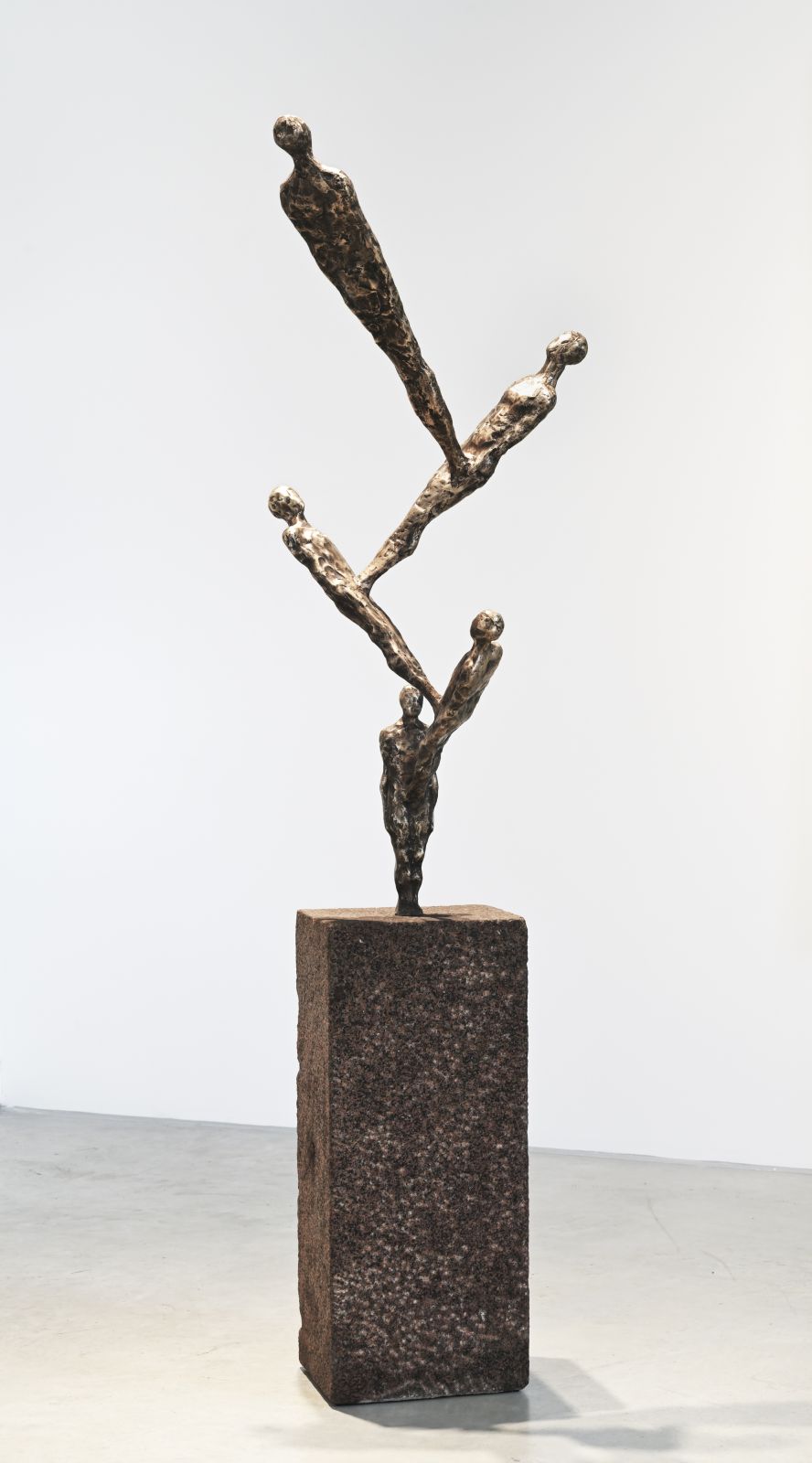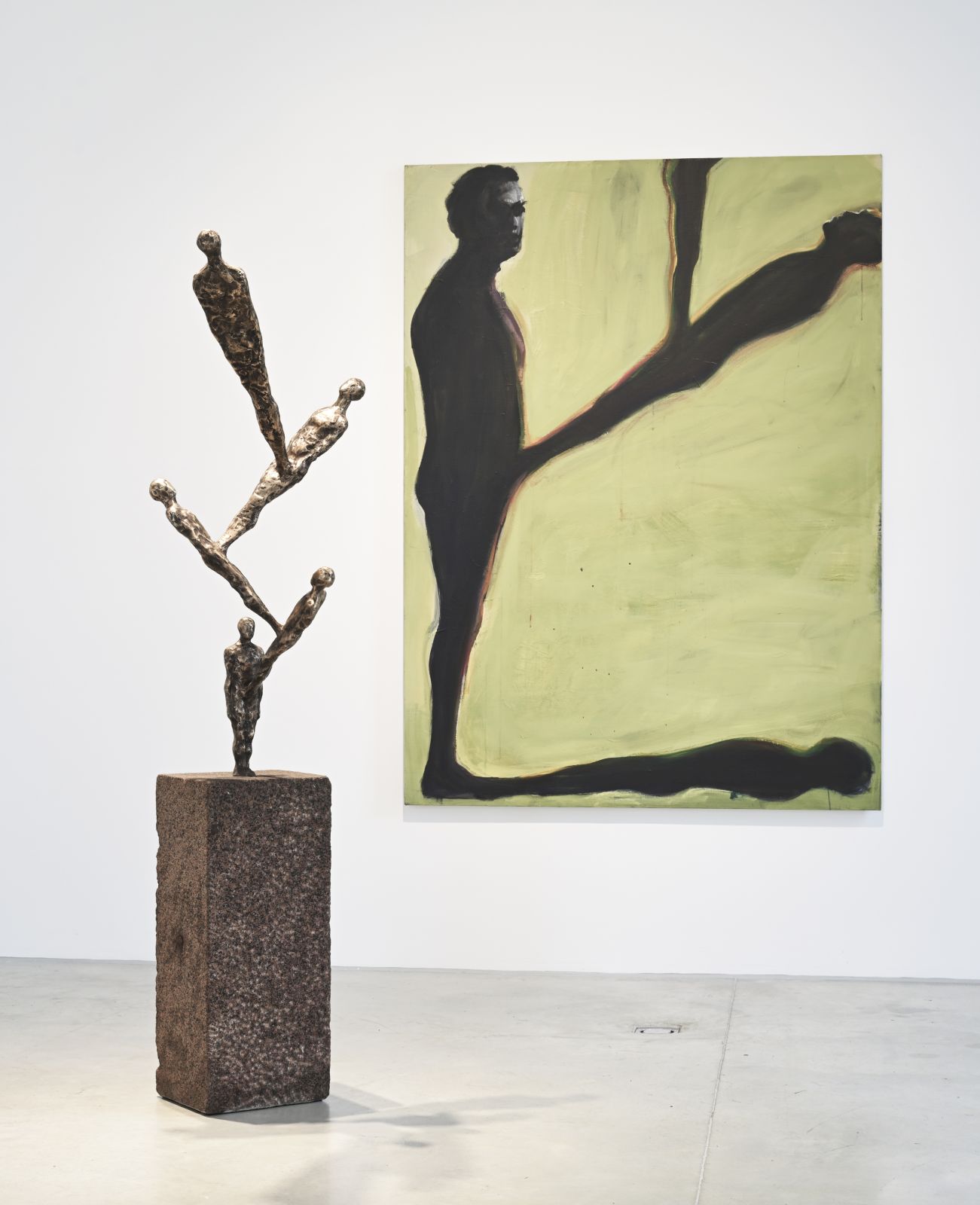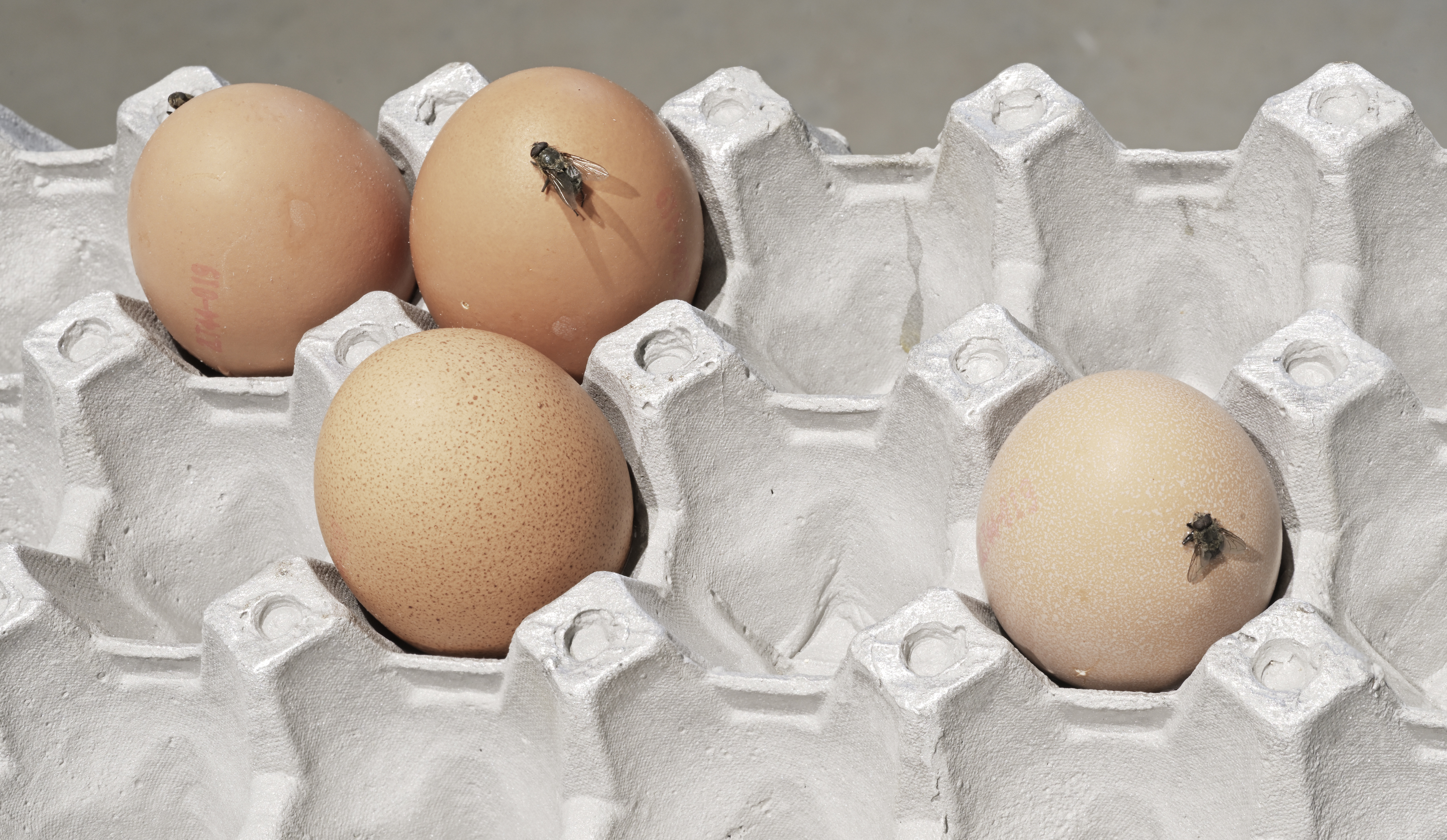Artists: Edith Karlson, Kris Lemsalu, Jaanus Samma, Jaan Toomik
Title: Roots and Ruins
Venue: Temnikova & Kasela Gallery, Tallinn
Curator: Rael Artel
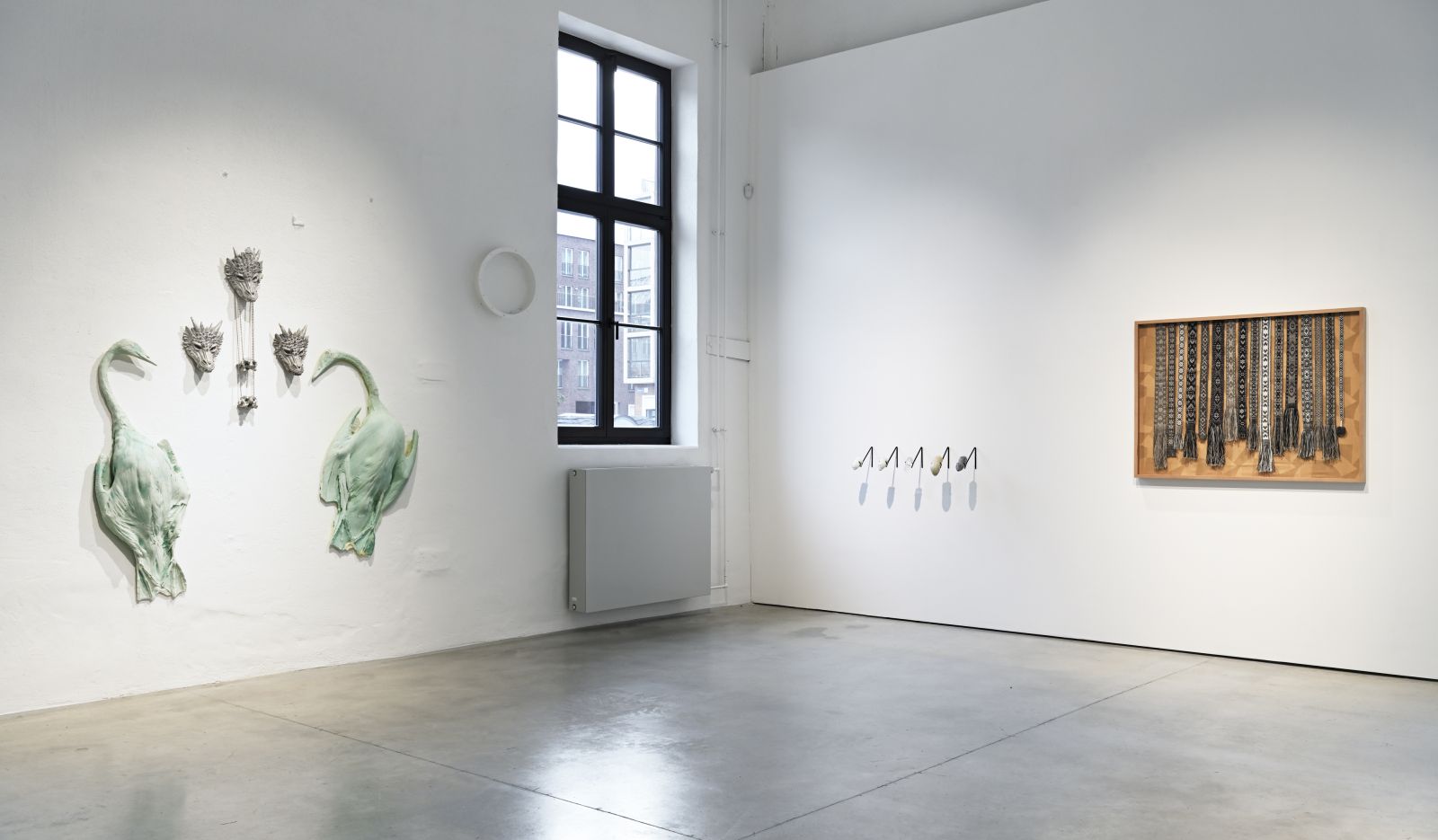
Roots and Ruins ponders the processes in which, by existing, we all play a part. It talks of our ancestors and how we ourselves become someone’s forebears, tells of the times past that handed down the items, questions and stories we must deal with today. The key phrases that characterize the selection of exhibited works might be lineage and heritage, roof becoming foundation, seeds becoming roots, birth, passing on and dying (out). At first glance these are weighty, remote themes, yet all of us encounter them in our lives.
The participants in the exhibition, Edith Karlson, Kris Lemsalu, Jaanus Samma and Jaan Toomik, are all influential figures in Estonian contemporary art, masters at choosing strong, expressive motifs for telling their stories. Often these themes are recurring, making appearances here and there in the artist’s oeuvre, in various episodes. The sum of an artist’s work is like a chain or tissue in which each link or loop can be associated with the previous and next link or loop. The chosen motifs become a kind of essence in a specific artist’s work, trademark and creed, which they return to many times and reconceptualize ever more deeply. Like all of us, artists gain in age and life experience over time, their work starts embracing a broader picture and rises above the everyday commotion. Repetition lends additional weight to each motif and gradually cuts a broader channel for ways of talking and thinking about the theme.
There’s something in Edith Karlson’s work that conjures something primeval, remote, fossilized and extinct, yet that something is so close to us, forming the historical remnants on which we live. Her dinosaurs and rock-throwing cave people are from times when animals could still speak… Karlson draws much from things, lying on the ground, that nature has left in its wake, such as bird skeletons and dead frogs. But she takes it from so far in the past, these are things a beachcomber won’t find, but which must be dug out of the ground. The heads in the installation What Happens in Family, Stays in Family belong to nearly mythical beings, dinosaurs. The portraits gaze out from wall mounts like trophy game, long extinct yet still frightening us with their creepy presence. Next to them are two swans, a brother and sister killed by a highvoltage line. They could also be lying on the ground, but they are in the air, on the wall, and form a kind of heraldic symbol.
Kris Lemsalu’s work might at first glance seem crazy, but a closer inspection reveals a deep honesty to them. The colourful objects and playful compositions conceal a frequently poignant truth and absurd-melancholic humour. She is masterful in choosing materials, symbols and scenes that in a gallery space become a big spectacle or epic story. Rot’n’Roll seems jocular, yet also evokes something ominous – in the company of penises and dead birds, the shiny egg holder no longer talks about sponge cake or meringue but something more archetypal and existential. The idea behind the work, according to Lemsalu, is “birth as a shitty beginning”, which in the context of developments in today’s world doesn’t sound far off. Rotten eggs stink and stinking ideas live in the masses.
Jaanus Samma is an artist with an exceptionally sensitive and specific range of interests, whose work has focused exclusively on gay and queer culture, its history and clashes with social mores. Samma is interested in how we deal with, talk about it, display and reflect on this cultural layer today. The exhibition displays a selection of the installation Pieces of Antiquity –a collection of lost penises. These aren’t just any male members but were once part of sculptures and then, at some point, as public opinion and social standards changed, were amputated. They fell victim to morality, were once admired, then despised, lost and forgotten and now, found. Its companion piece is Reconstructed Histories, Belts, a small
collection of ends (or beginnings) of folk patterned belts. For the artist, these evoke heritage and museological choices, while for the curator they are more like letters from the past and remind us that Tõnis Vint has talked about how belts are “books” written in the language of symbols, a recording of ancient wisdom that can be “read” if only we were still patternliterate…
Jaan Toomik is a painter and performance artist first and foremost, and the human body is the central subject matter and object of his works. His paintings often make reference to performances by providing a blueprint for or documenting a performance. Toomik very often depicts and uses the human body in its different associations, making connections between
the body, its functions and biological processes. Through the body, he visualizes the laws of nature, talks about birth, reproduction, heredity, continuity, living and dying. Roots and Ruins exhibits two earlier Toomik paintings – Family and Family Tree, and the sculpture inspired by them, also titled Family Tree. Whereas the paintings are more like schematics and convey the physical associations with heredity, the three-dimensional sculpture is more poetic with a form reminiscent of an actual tree.
